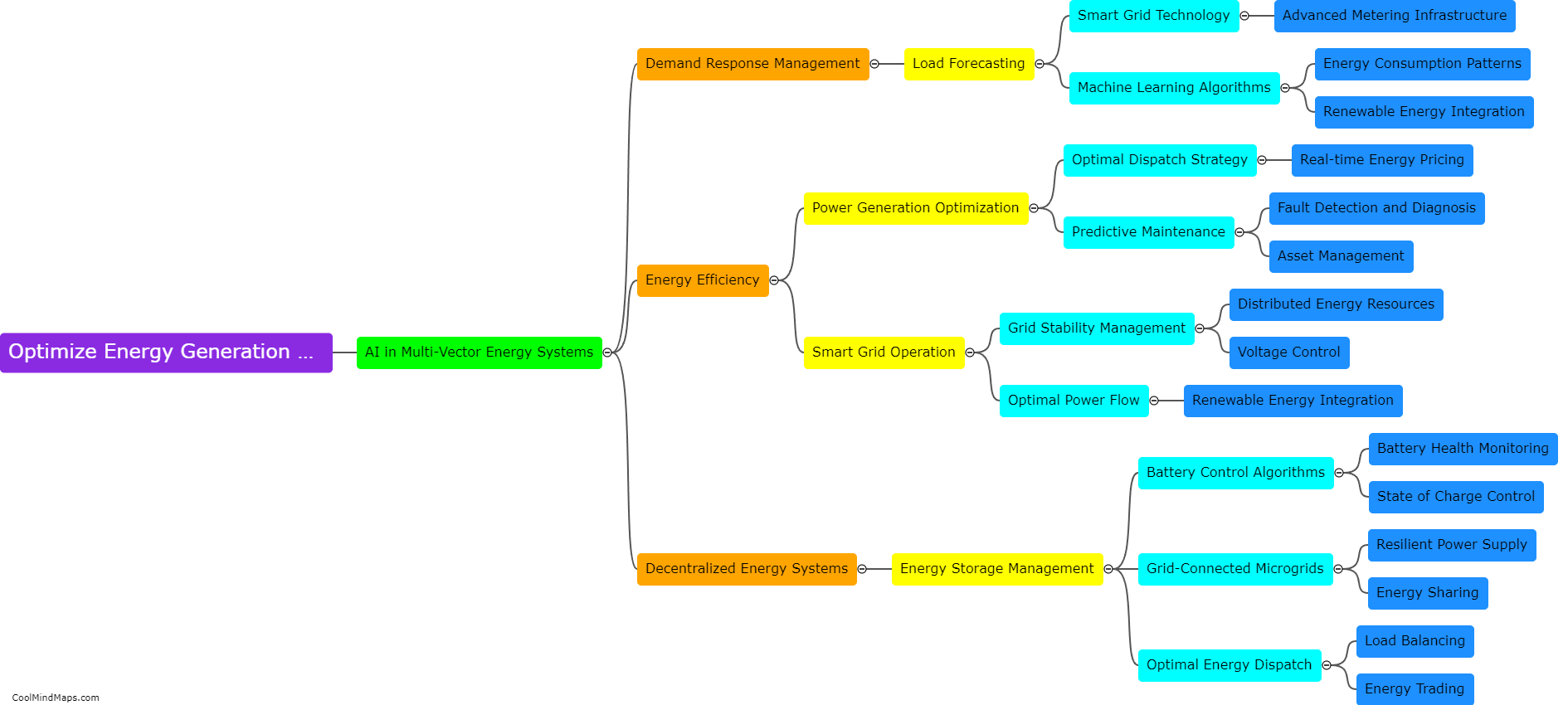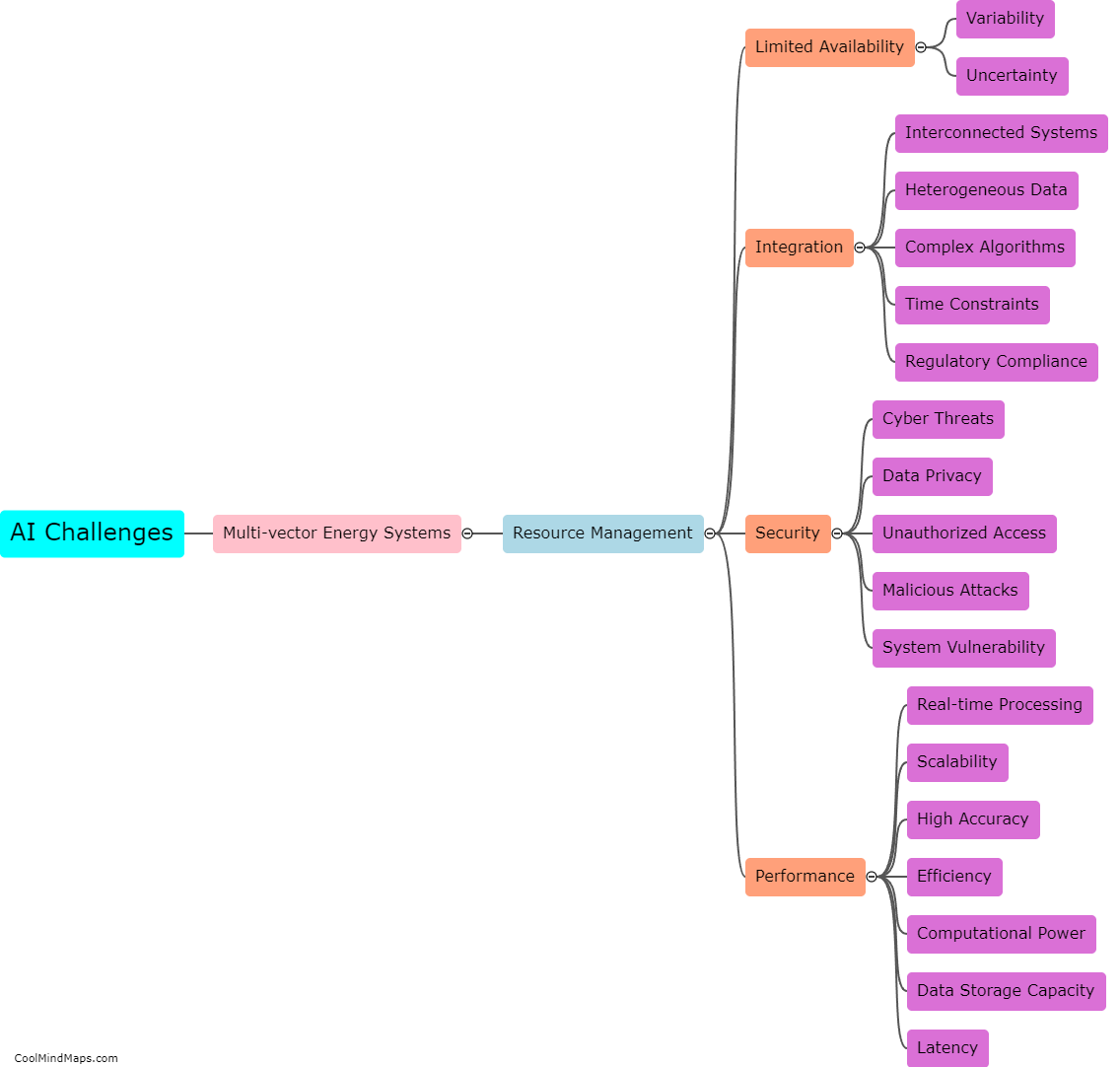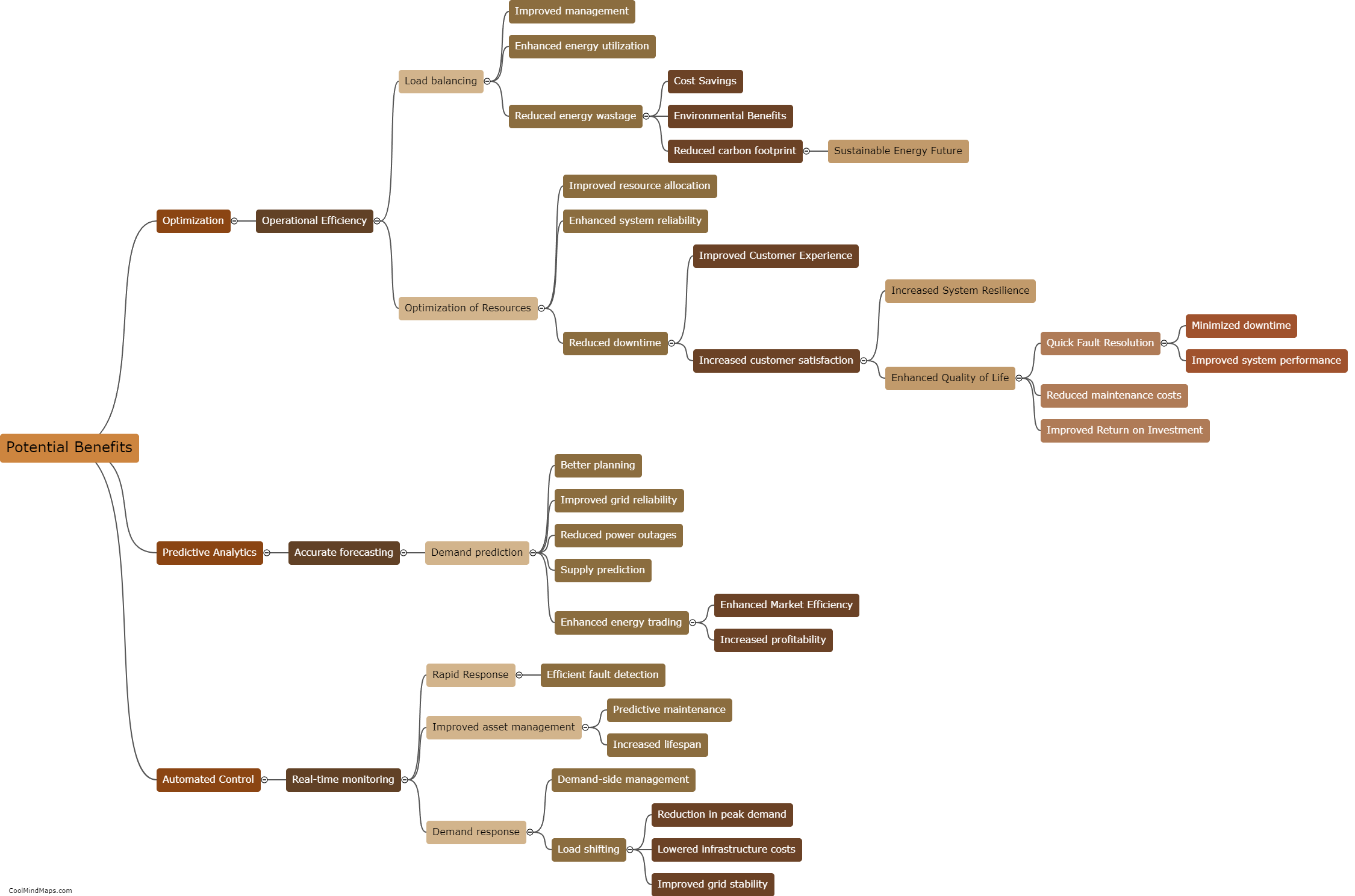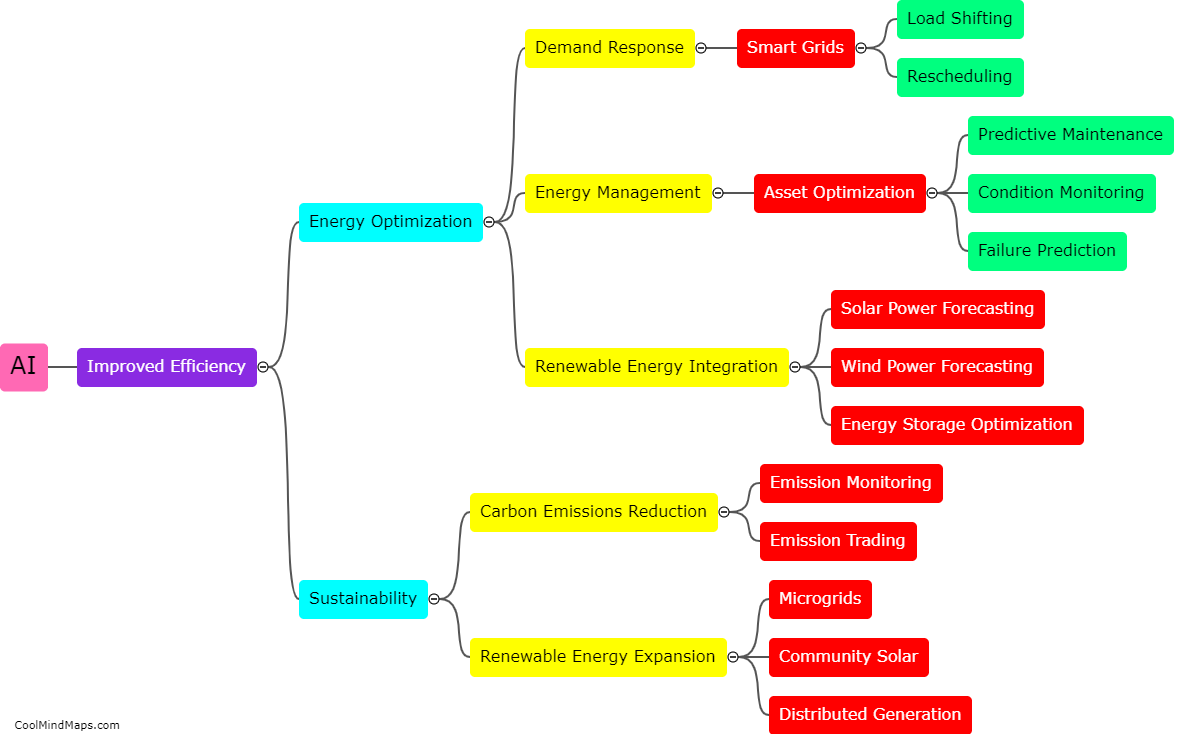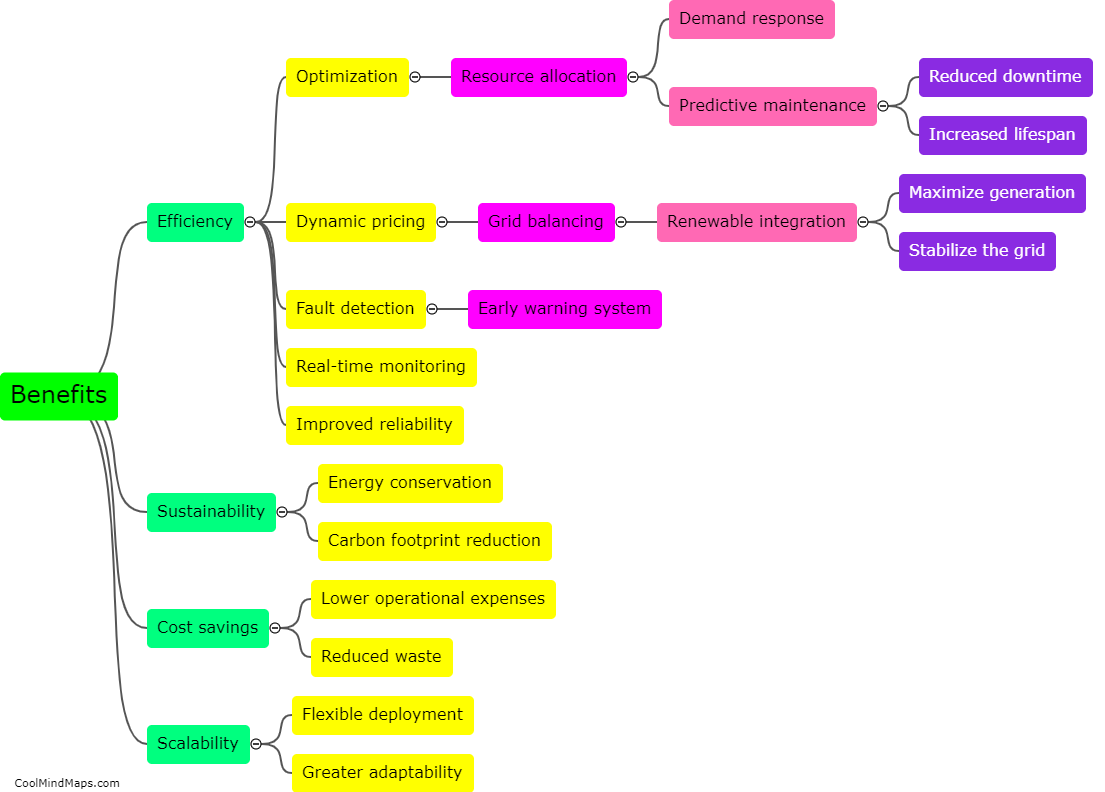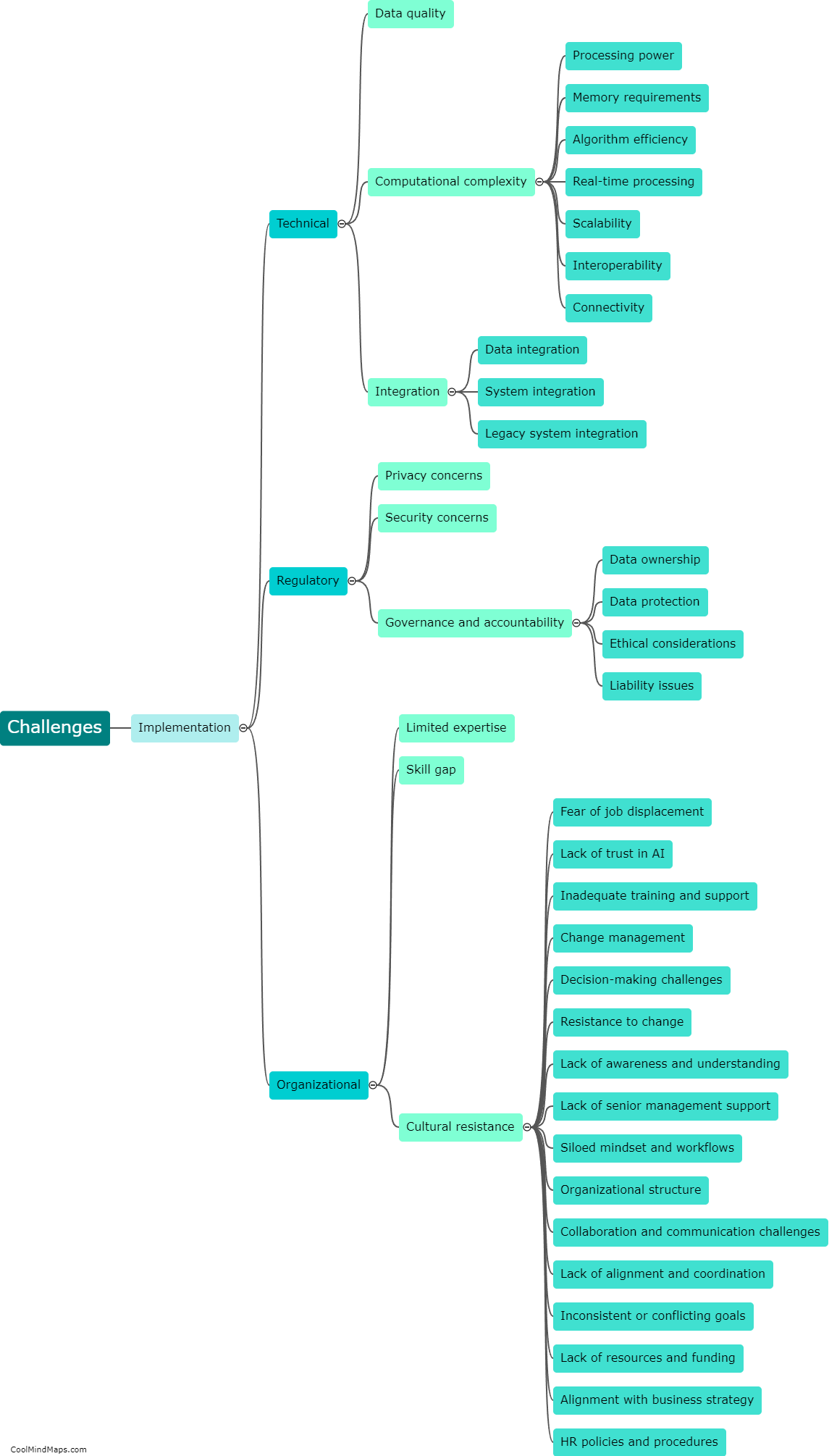How does AI enhance digital twins in multi-vector energy systems?
AI enhances digital twins in multi-vector energy systems by providing advanced analytics and real-time insights. Digital twins are virtual replicas of physical assets, such as power plants or energy grids, and are used to simulate their behavior under different conditions. AI algorithms can analyze vast amounts of data collected from various sources, including sensors and IoT devices, to optimize energy usage, predict maintenance needs, and identify potential inefficiencies or risks. By using machine learning and predictive modeling, AI can identify patterns, make data-driven decisions, and continuously improve the accuracy and reliability of the digital twin simulations. This enables operators and stakeholders in the energy sector to gain a better understanding of the system's performance, optimize energy production and consumption, and improve the overall efficiency and sustainability of multi-vector energy systems.

This mind map was published on 22 October 2023 and has been viewed 143 times.





